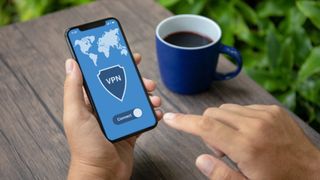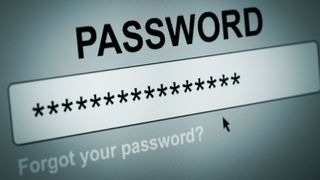Identity Protection Essentials: 5 Trusted Tools and Services You Need
You may have come across a lot of information about how important it is to protect your identity from scammers and identity thieves. It’s true that even the smallest bit of information about you can be used by cybercriminals to commit identity fraud. But how do you prevent your identity from being stolen? To get started, you can use several tools and services available to help protect your identity.
1. Protection and monitoring against identity theft
Let’s discuss the most obvious solution: identity theft protection. What exactly is it, where can you find it and how much does it cost?
Identity theft protection is usually included with bank accounts and credit cards. The service providers will monitor your account for unusual or suspicious activity and will contact you immediately in the event of such an occurrence.
You can also take responsibility for keeping track of your bank and credit card statements, both on paper and online, to ensure everything is safe. Some companies also offer easy access to your credit agency so you can check for new credit applications in your name.
SMS alerts are a great feature introduced by banks and credit card companies. You can configure these alerts so that you immediately receive a notification if your account is overdrawn or if a maximum spending limit has been reached.
It is advisable to purchase ID fraud insurance as it will only help with the costs associated with dealing with the consequences of ID fraud. It will not reimburse your bank account or credit card. However, if your identity theft was not caused by personal negligence, your bank will cover the costs of the fraud.
2. Secure authentication
It’s important to remember that your personal information can be stolen from any device you use, such as a laptop, desktop, tablet, smartphone or smartwatch. To prevent this, it is essential to set up secure authentication. Depending on your device and capabilities, this may be in the form of a password, PIN code, fingerprint or fingerprint recognition. However, avoid unlocking shapes or gestures on your phone or tablet, as finger grease can leave a trail that makes it easier for hackers to guess your code.
In addition to securing the way you access your devices, it’s always a good idea to set up two-factor authentication whenever possible. This extra layer of security requires more than just your password to access your account. It can be a one-time passcode generated by a mobile app or a link sent to your email.
By securing your login verification, you can protect yourself from identity theft and protect your personal information from hackers.
3. A VPN
It’s important to note that while VPNs are often considered a solution to all privacy and security concerns, they excel at one thing in particular: encrypting your data. This is especially important if you use public Wi-Fi, as it can prevent others from observing your activities and potentially stealing your login credentials or other sensitive information. Encrypting your data prevents password sniffers from collecting useful information.
To ensure your security, it is recommended to use a VPN on any device you use on a vulnerable network. This includes your laptop, smartphone and tablet.
If you’re not already using a VPN, it’s a good idea to get started. Many VPNs offer support for multiple devices, and monthly subscriptions often cost less than $10.
- Check out our full list of the best VPN services
4. Antivirus and online security software
It is essential that you have antivirus software installed on every computer and mobile device you use. Although Windows comes with built-in antivirus and malware software called Windows Defender, mobile devices are less secure. Online security software can detect malicious websites and phishing links and clean malware from your PC or smartphone. However, identity theft is a crucial risk.
Scammers often send emails that appear to be from reputable banks, asking you to log in to a fake website. If you fall for this scam, your identity could be stolen. Another risk is that malware installs keyloggers on your system, which record your keystrokes, including usernames and passwords. Hackers can use this information to gain access to your accounts and steal your identity. So it is important to remain vigilant and protect yourself from these risks.
5. A password manager
Remembering multiple passwords can be a challenge, but it is essential to use different passwords for each account. Many account breaches occur because the same password is used for different accounts. This practice puts you at risk of identity theft. To significantly improve your security, you must stop this behavior.
Using a password manager is the best way to remember all your passwords and keep them safe. Even if you can’t come up with a password, password managers have secure password generators that create strong passwords.
With a password manager, you only need to remember one master password to access the vault. Depending on your device, you may need a thumb or fingerprint to authenticate your access.
There are several password managers available, such as LastPass, 1Password and Keeper. LastPass is a reliable and free option (see our LastPass review). However, avoid the password manager built into the Chrome browser as it is not considered secure.
Don’t forget education, awareness and vigilance
If you use specific tools and services, you have a good chance of preventing identity theft. However, nothing can guarantee that your accounts won’t be stolen in the event of a corporate data breach. Nevertheless, you can take some measures to secure your goal. But have you done everything you could? In terms of software and services, perhaps. But more can always be done.
First, you need to be more aware of cybersecurity issues, just as you stay informed about local crime. Because we are all members of the digital neighborhood, it is essential to be aware of new risks and always check what you are doing, especially if you are considering following a link in an email or text message that claims that it comes from your bank. Cybercriminals can attack from any angle and use any medium, so it is essential that you are prepared.


